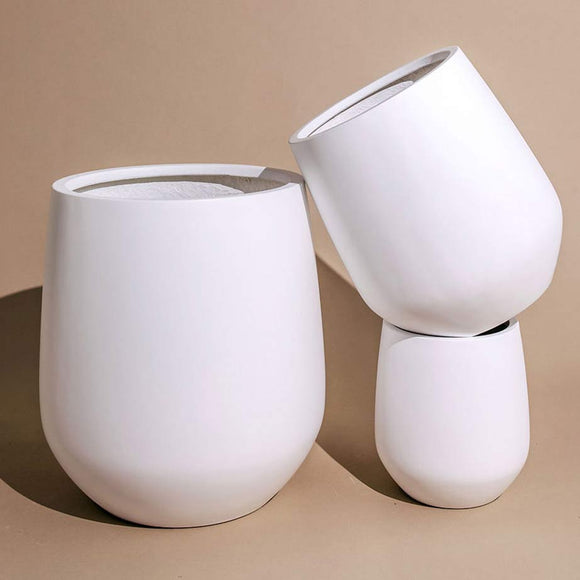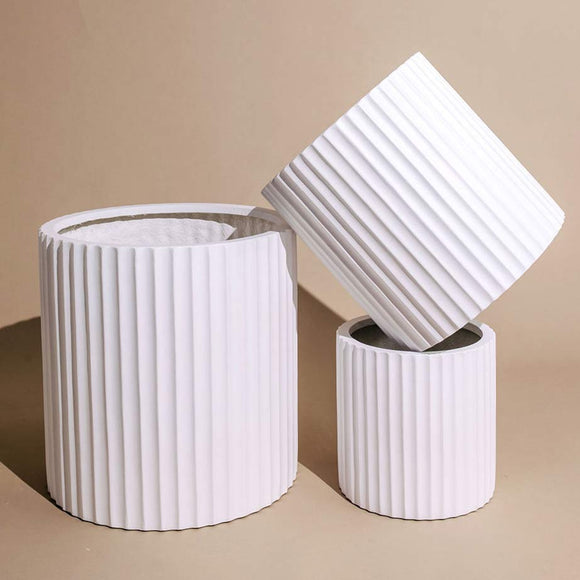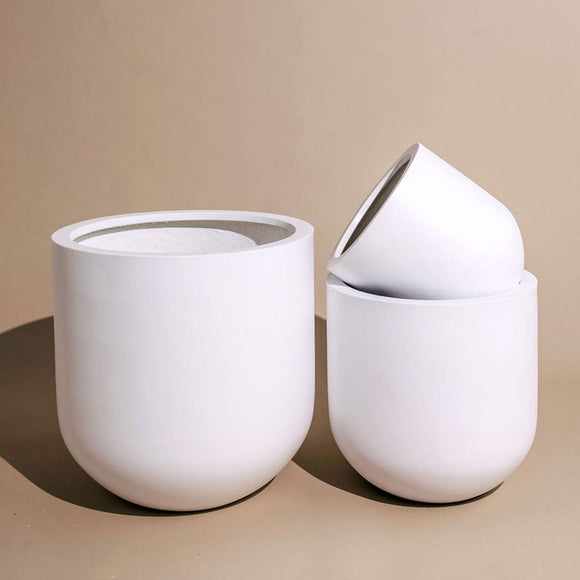Weeping Fig- Ficus benjamina
The Weeping Fig (Ficus benjamina) stands tall among the many captivating houseplants, exuding elegance and charm with its lush foliage and gracefully drooping branches. This iconic plant has been a favourite among enthusiasts for decades, and its popularity shows no signs of waning.

General Care
Light: Weeping Figs thrive in bright, indirect light. Place them near a north or east-facing window where they can receive filtered sunlight.
Water: Aim to keep the soil consistently moist but not waterlogged. Before watering, check the top inch of the soil for dryness. When it feels slightly dry, water the plant thoroughly, allowing the excess water to drain away.
Humidity: These plants appreciate moderate to high humidity levels. To create a suitable environment, consider misting the foliage or placing the plant on a tray filled with pebbles and water. Grouping plants together can also increase humidity through transpiration.
Soil: Opt for a well-draining potting mix that retains some moisture. A blend of peat moss, perlite, and compost works well. Ensure the pot has drainage holes to prevent waterlogged soil.

Fun Facts about Weeping Fig:
Symbol of Peace: In many cultures, the Weeping Fig symbolises peace, tranquillity, and harmony. It is often associated with spirituality and meditation.
Air-Purifying Properties: Weeping Figs are excellent air purifiers, capable of removing airborne toxins such as formaldehyde, benzene, and trichloroethylene, thereby improving indoor air quality.
Longevity: Weeping Figs can live for several decades with proper care, becoming cherished family heirlooms passed down through generations.
You might also like the Dwarf Umbrella Tree
















